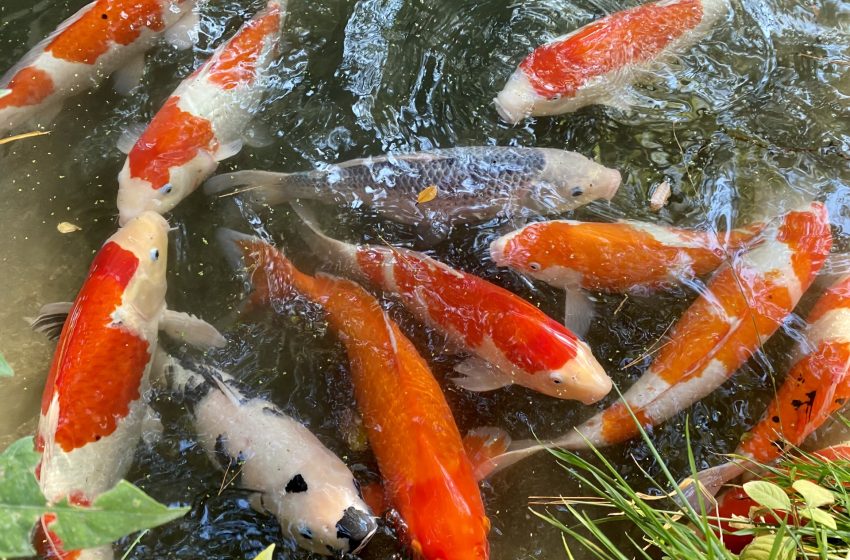
Exploring the Beauty of Nishikigoi: Japan’s Living Jewels
In the serene waters of Japan’s traditional gardens and tranquil koi ponds, swims a creature that captures both the eye and the imagination: the Nishikigoi, or as it’s more commonly known outside of Japan, the koi fish. These vibrant and majestic fish are not just a symbol of beauty and elegance but also embody the rich cultural heritage and artistic expression of Japan. This article delves into the world of Nishikigoi, exploring their history, significance, and why they are considered living jewels in Japan.
The Origin of Nishikigoi
Nishikigoi, which literally means “brocaded carp,” have a history that dates back centuries in Japan. Originating from the common carp, these ornamental fish were selectively bred for their vibrant colors and patterns. The practice began in Niigata Prefecture in the early 19th century, initially as a pastime among rice farmers. Over time, it evolved into an art form, with breeders striving to create koi with perfect coloration, patterns, and body shapes.
Symbolism and Significance
Koi fish hold significant symbolism in Japanese culture. They are admired for their strength and perseverance, as seen in their ability to swim upstream and even leap over waterfalls. This resilience makes them a symbol of courage and the ability to overcome obstacles. Additionally, the variety of colors and patterns they display are seen as expressions of individuality and beauty, making each Nishikigoi unique.
Varieties of Nishikigoi
There are over a hundred recognized varieties of Nishikigoi, each with its own distinct characteristics. These varieties are categorized based on their coloration, patterning, and scalation. Some of the most popular types include:
- Kohaku: White-bodied with red patterns, symbolizing purity and passion.
- Sanke: White-bodied with red and black patterns, a harmonious blend of colors.
- Showa: Black-bodied with red and white patterns, known for its bold contrast.
- Asagi: Blue and white scaled with a red belly, reminiscent of traditional Japanese indigo dye.
Koi in Japanese Gardens
Nishikigoi are a staple in Japanese gardens, where they add a dynamic element of color and life. These gardens are designed to embody the natural beauty of the landscape, and koi ponds represent the serene and ever-changing aspect of nature. Watching koi swim gracefully in these settings offers a moment of peace and reflection, making them an essential component of Japanese aesthetic and philosophical thought.
Caring for Nishikigoi
Koi are known for their longevity, with some living for over 50 years, making them a lifelong commitment for their caretakers. They require a well-maintained environment with clean, oxygen-rich water, balanced nutrition, and protection from predators. The art of koi keeping is thus not only about appreciating their beauty but also about fostering a deep connection with these living jewels, understanding their needs, and ensuring their well-being.
Conclusion
Nishikigoi are more than just ornamental fish; they are a testament to Japan’s dedication to beauty, nature, and craftsmanship. Each koi is a living work of art, reflecting the skill and passion of its breeders and the cultural values of perseverance, harmony, and respect for nature that are central to Japanese life. Whether admired in a serene garden pond or celebrated in koi shows and competitions, Nishikigoi continue to enchant and inspire, embodying the timeless beauty and enduring spirit of Japan.

